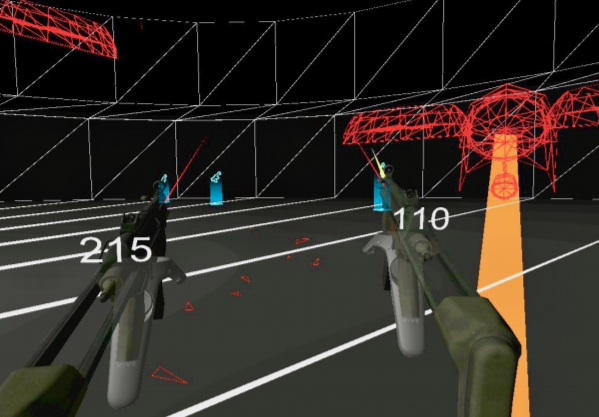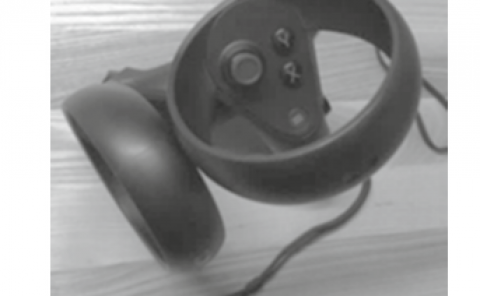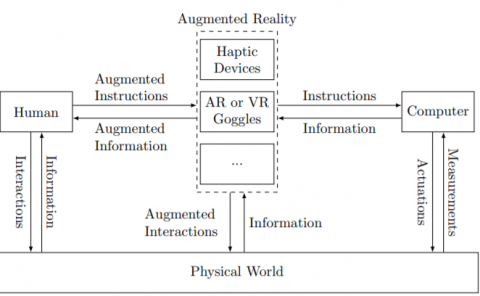Evaluation of Handsbusy vs Handsfree Virtual Locomotion
PubDate: October 2018
Teams: University of Nevada
Writers: Nathan Navarro Griffin;James Liu;Eelke Folmer
PDF: Evaluation of Handsbusy vs Handsfree Virtual Locomotion

Abstract
To navigate beyond the confines of often limited available positional tracking space, virtual reality (VR) users need to switch from natural walking input to a controller-based locomotion technique, such as teleportation or full locomotion. Overloading the hands with navigation functionality has been considered detrimental to performance given that in many VR experiences, such as games, controllers are already used for tasks, such as shooting or interacting with objects. Existing studies have only evaluated virtual locomotion techniques using a single navigation task. This paper reports on the performance, cognitive load demands, usability, presence and VR sickness occurrence of two hands-busy (full locomotion/teleportation) and two hands-free (tilt/walking-in-place) locomotion methods while participants (n=20) performed a bimanual shooting with navigation task. Though handsfree methods offer a higher presence, they don’t outperform handsbusy locomotion methods in terms of performance.


